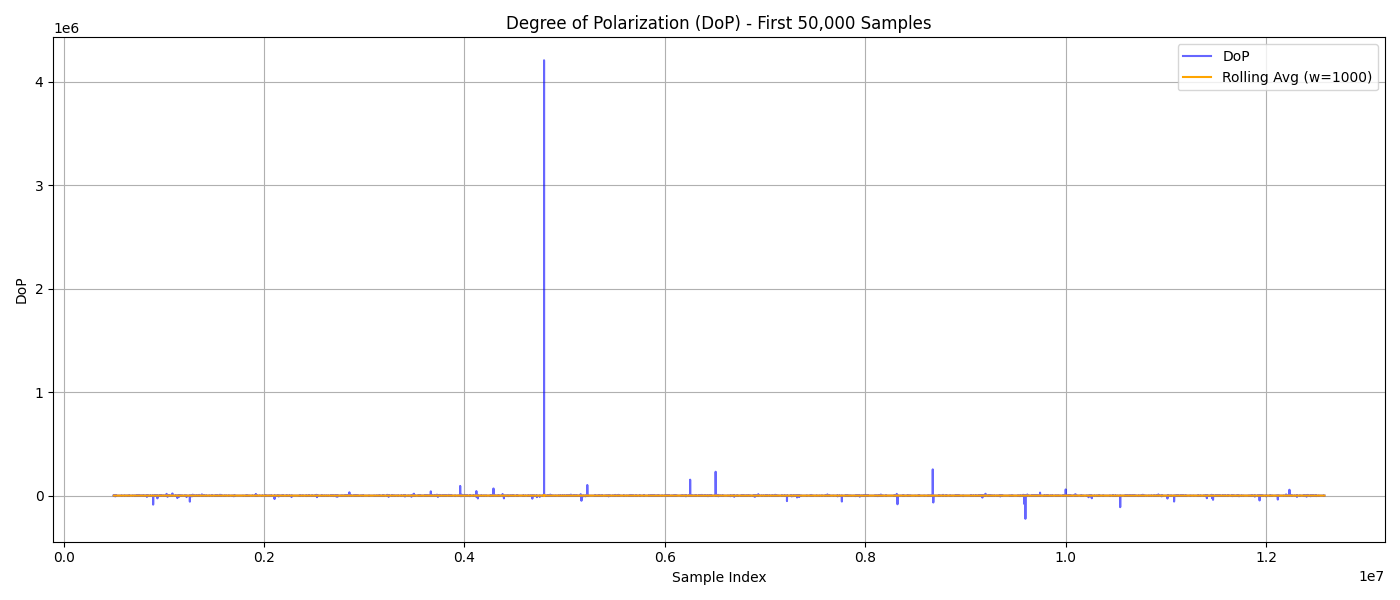Phi Lambda TRM Test
Trioutcome Redshift Model (TRM) Analysis on Caltech Planck CMB Polarization Data
Date: 2025-08-08 • Last updated: 2025-10-04
Overview
A landmark test of the Trioutcome Redshift Model (TRM) was performed using over 12 million rows of cosmic microwave background (CMB) polarization data from the Planck satellite mission (Caltech-hosted release). The model, developed within Pattern Field Theory (PFT™), analyzes coherence behavior in Stokes I/Q/U to evaluate light as a rotational field pattern on π-structured axes rather than as photon pellets in transit.
In PFT, propagation is a coherent rotational pattern bound by field resonance and geometric ratio (2D π-axes), with detection events emerging at permissive nodes. This report summarizes TRM anomaly statistics and polarization behavior consistent with that mechanism.
Data Source
📄 Planck CMB Polarization (I, Q, U)
Caltech / IPAC IRSA — Commander IQU, Nside 1024 (R2.02)
What is the Trioutcome Redshift Model (TRM)?
TRM predicts and isolates coherence-loss events in polarization propagation—signatures of angular phase disruptions when light is treated as rotating field structure subject to pattern interference and alignment dropout. It complements Doppler/metric redshift by tracking coherence path translations in the lattice.
Developed by James Johan Sebastian Allen, TRM is applicable across astrophysical datasets, telecom signals, and biological resonance fields. Here it is applied to Stokes I/Q/U maps from the Planck mission via the Caltech distribution.
Key Findings
- ✅ 12,082,913 rows processed
- 📉 20,026 coherence-drop events detected
- 📊 Dropout rate: 0.17%
- 📍 Elevated dropout density near index
~500,000 - 📈 Degree of Polarization (DoP) anomalies align with predicted TRM fluctuation zones
Phi Lambda and the Propagation Constant
Within PFT, the laboratory constant c is the projection of a deeper conversion invariant:
Φλ (Phi Lambda), the rate of coherent phase resolution along π-axes on the lattice.
TRM’s coherence statistics are consistent with a constant propagation conversion (Φλ) while paths curve and coherence budgets vary.
c while Φλ governs the internal conversion;
coherence drops mark instruction chain damage (e.g., PPC) or alignment loss rather than changes to the propagation constant.
Visual Summary
📉 Coherence Drop Detection (sample window)

📈 Degree of Polarization (DoP) Variance (rolling)

Conclusion
The TRM pass over Planck polarization indicates robust, sparse coherence-drop signatures and DoP fluctuations consistent with rotational pattern propagation on π-axes. These results align with PFT’s Φλ framework: a constant conversion rate with path-dependent coherence budgeting. The approach invites further cross-checks with alternative masks, noise models, frequency channels, and sky cuts.